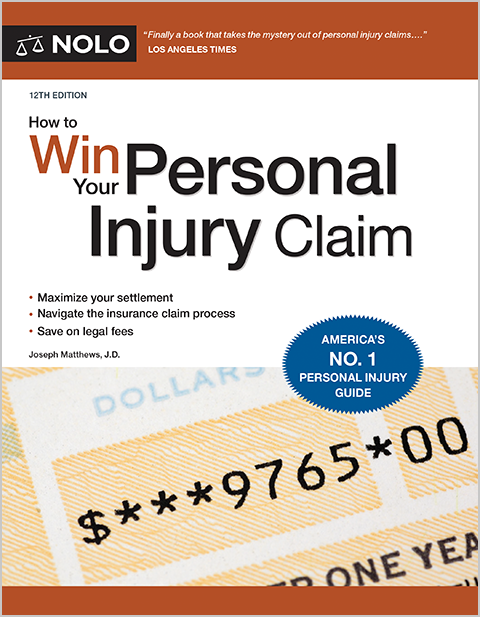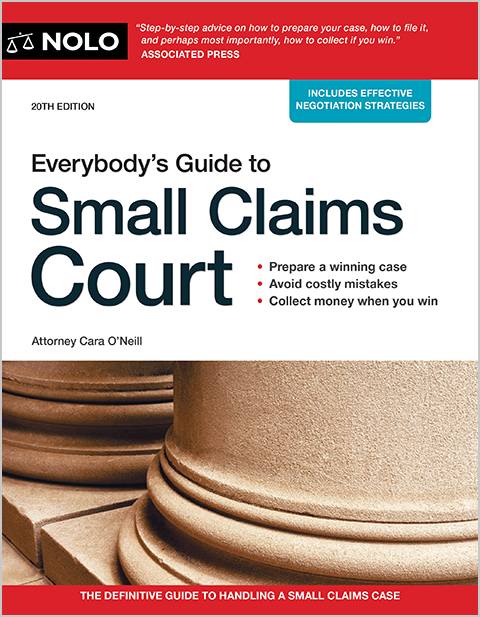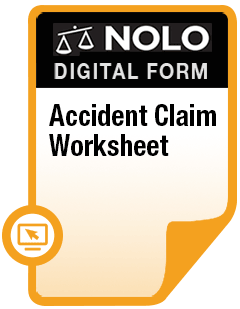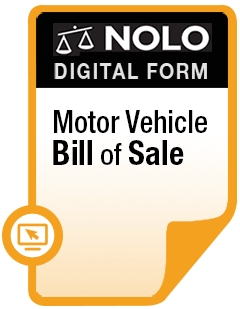A breakdown of New York's no-fault car insurance rules and the state's minimum car insurance coverage requirements.
Vehicle owners in New York are required to maintain certain minimum levels of car insurance coverage on any vehicle registered and operated in the state:
- $25,000 liability coverage for another person's bodily injury and $50,000 for their death (when a covered driver causes an accident)
- $50,000 total liability for two or more people injured, and $100,000 for death (when a covered driver causes an accident)
- $10,000 liability coverage for property damage (when a covered driver causes an accident)
- $50,000 in no-fault (personal injury protection) coverage, and
- uninsured motorist coverage (for car accident injuries suffered by a covered driver) subject to the policy's liability minimums.
Let's explain these rules, and how the state's no-fault car insurance scheme works after a car accident.
Is New York a No-Fault Car Insurance State?
New York is one of a dozen or so states that follow some form of a "no-fault" car insurance system. Under no-fault, after a car accident, your own car insurance coverage (specifically, your "personal injury protection" or PIP coverage) pays for medical treatment and other out-of-pocket losses incurred by anyone covered under the policy, up to coverage limits, regardless of who caused the accident.
Who Is Covered Under New York No-Fault Car Insurance?
When a vehicle owner carries mandatory no-fault PIP coverage, it will cover:
- the vehicle owner/policyholder or anyone else who's driving the vehicle owner/policyholder's car with permission at the time of an accident
- any passenger riding in the vehicle owner/policyholder's car at the time of an accident
- any pedestrian hit by the vehicle owner/policyholder's car, and
- any bicyclist hit by the vehicle owner/policyholder's car
What Is Covered Under New York No-Fault Car Insurance?
In New York, after a car accident, the vehicle owner/policyholder's no-fault or PIP coverage will apply to pay the covered person's:
- "reasonable and necessary" accident-related medical bills
- 80 percent of lost work income, up to $2,000 per month, for up to three years from the accident
- up to $25 a day (for up to a year after the accident) for "reasonable and necessary" expenses resulting from the accident (like household help and transportation to medical appointments), and
- a $2,000 death benefit to the estate of any covered individual killed in a car accident.
Does New York No-Fault Car Insurance Cover "Pain and Suffering" Caused By a Car Accident?
No. With a no-fault claim, you can't get compensation for your "pain and suffering" and other non-monetary damages stemming from the accident.
In order to step outside of the no-fault system and file a third-party car insurance claim or lawsuit against the at-fault driver (so that "pain and suffering" and other non-economic losses are on the table):
- you must have incurred over $50,000 in "basic economic loss" because of the accident (this means medical bills, lost income, and other out-of-pocket expenses), or
- your injuries must meet certain thresholds set by state law (we'll look at New York's "serious injury" threshold in the next section).
Does New York No-Fault Insurance Cover Vehicle Damage?
No. New York's no-fault car insurance system applies to injuries caused by car accidents, but not to vehicle damage claims. A claim for damage to (or total loss of) a vehicle can be made against the at-fault driver in New York, with no limitations. Or, you can make a claim under your own collision coverage, if you have it.
What Is a "Serious Injury" Under New York's No- Fault Car Insurance Laws?
As touched on above, in order to step outside of New York's no-fault car insurance claim system and pursue a liability insurance claim or lawsuit against the driver who caused your car accident, you must have incurred over $50,000 in losses because of the crash, or your car accident injuries you suffered must qualify as "serious" under the threshold set by state law.
"Serious" injuries means, as a result of the car accident, any of the following:
- death
- dismemberment
- loss of a fetus
- significant disfigurement
- bone fracture
- permanent loss of a body organ, member, function, or system
- permanent "consequential limitation" of use of a body organ, member, function, or system
- significant limitation of use of a body function or system, or
- a non-permanent injury or impairment that prevents the performance of "substantially all" of the claimant's "usual and customary daily activities" for not less than 90 of the 180 days since the accident.
If your injuries qualify under this definition (or if you've met the $50,000-in-losses threshold), you're not limited to a no-fault claim under your own policy. You can hold the at-fault driver responsible for the accident via a third-party car insurance claim or personal injury lawsuit, and you can pursue compensation for all categories of losses, including pain and suffering and all other available non-economic damages (which, again, aren't available in a no-fault claim).
What's the Deadline for Filing a No-Fault Car Insurance Claim in New York?
Anyone whose car accident injuries might be covered by a no-fault/PIP policy in New York must report the accident in writing (to the insurance company that issued the policy) no more than 30 days after the date of the accident. Exceptions to this deadline might be made if the injured person submits written proof showing "clear and reasonable" justification for the failure to comply with this 30-day deadline.
How Are Car Accident Medical Bills Handled in a New York No-Fault Car Insurance Claim?
According to the New York State Department of Financial Services, if you've been injured in a car accident and you need medical treatment that's covered under your own (or someone else's) no-fault/PIP car insurance, you:
- can pay the doctor or hospital directly, and submit your receipts or bills to the car insurance company for reimbursement, or
- let the doctor or hospital submit their bills directly to the car insurance company for payment.
As long as you make clear to the health care provider that you're being treated for car accident injuries, and unless any additional information is requested, the car insurance company is required to make payment on your no-fault/PIP claim within 30 days of receiving the request for reimbursement or the healthcare provider's bill, or be subject to the payment of interest and other penalties.
Now that you understand how no-fault car insurance works in New York, let's look at the state's requirements for different kinds of car insurance coverage.
What Are the Penalties for Uninsured Drivers in New York?
According to the New York DMV, if you're involved in a traffic accident while not covered by required liability insurance (or if you allow someone else to drive your uninsured vehicle and they're involved in a crash), your driver's license and vehicle registration will be revoked for at least one year. Driving without insurance in New York can also result in:
- a traffic court fine of up to $1,500, and
- an additional civil penalty of $750 to get your license back after revocation.
What Is an MVAIC Car Insurance Claim in New York?
The MVAIC (Motor Vehicle Accident Indemnification Corporation) is a non-profit group that was established under New York law in 1958, to provide car insurance injury compensation to drivers, passengers, pedestrians, and others who—through no fault of their own—are injured in an accident caused by/involving:
- an uninsured vehicle (either registered in New York or out-of-state)
- a hit and run driver
- a vehicle that was stolen, or driven without the owner's permission
- an insured vehicle where the insurer denies coverage, or
- an unregistered vehicle.
Learn more about qualifying to make an MVAIC claim after a car accident.
What's Next After a New York Car Accident?
For more details on New York's motor vehicle insurance rules and requirements, check out the Auto Insurance Resource Center from the New York Department of Financial Services.
After any kind of traffic accident, learn more about the New York car accident laws that might affect you and any claim you end up making. And especially if your injuries turn out to be serious, you may want to understand your options for recovering all of your accident-related losses. An experienced lawyer can help. Learn more about how an attorney can make a difference in your car accident case.



